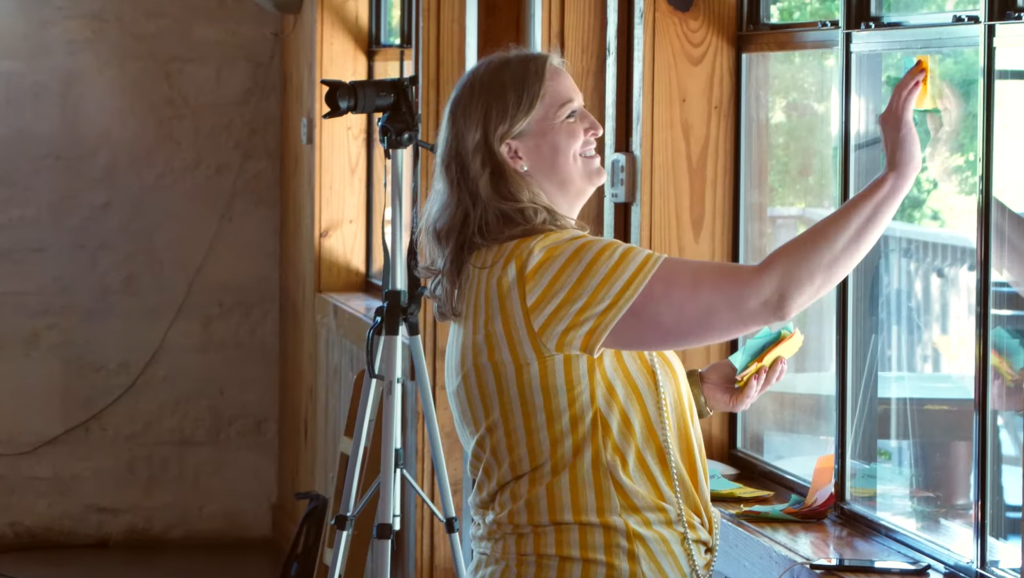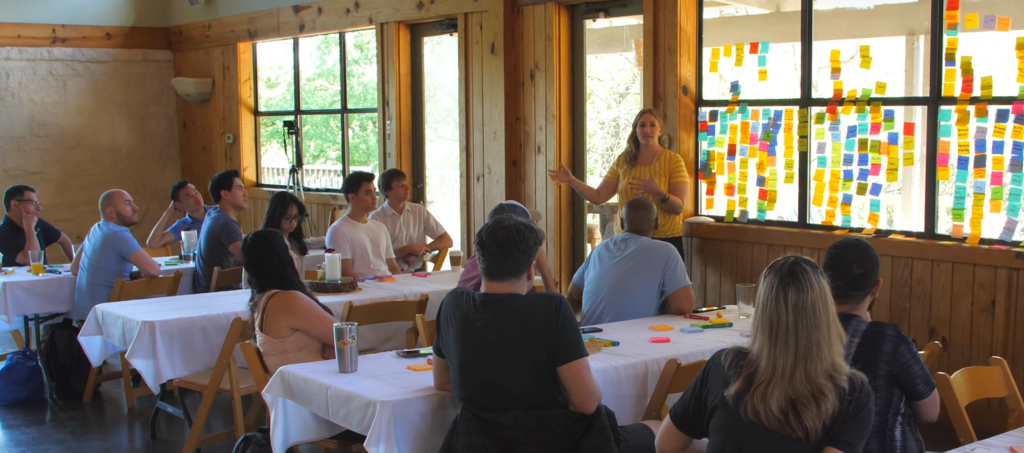I have no idea where this quote came from, but I say it often and it is completely accurate. No matter what you are trying to accomplish, it can only be done one step at a time.
Unfortunately even the most proficient hustler or organizational guru is still just a human being, confined by the constructs of time and space on the physical earth. Yes we can extend resources by delegating tasks, automating processes, and keeping ourselves hydrated and healthy – but can you do all of those things at once? Or overnight? Nope.
Discovering the point of intervention – where to actually start – can be daunting and overwhelming. Experts recommend brainstorming activities, collaboration, and doing weird things like standing upside down to try to gain insight from an obscure perspective. I find merit in each suggestion and many others, all rooted in the need for understanding the problem you are trying to solve.
- What is the pain point?
- Who experiences the pain point?
- What variables are related to the pain point?
- Bonus points if you can identify secondary or tertiary variables related to the other variables.
- What is the desired outcome?
- What considerations need to be made to connect the pain point to the desired outcome?
- Are there resources that already exist that can be applied to solving this pain point?
- Are there resources that can be developed to solve this pain point?
Once you figure out the gist of the problem, you can begin examining the possible ways to approach it.
The Trap is that once you have a list of things that need to be done often people think it’s time to just jump in and start going after everything on the list. The problem is that when you run into issues, finding out which variable is or isn’t working is blurred, because they are all moving at once, untested. This will inevitably lead to more problems, and often results in abandoned projects.
Do one thing at at time.
Do it well.
Do it so you can either run it in your sleep, automate it or delegate it and then transfer your focus from doing that thing really well to the next thing that needs to be done well. Rinse and repeat until you find yourself scaling problem solving mechanisms that empower you to troubleshoot, gather insights, refine, and move on to other things on your list.



